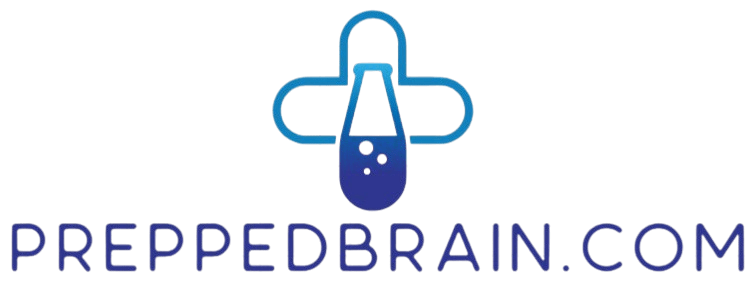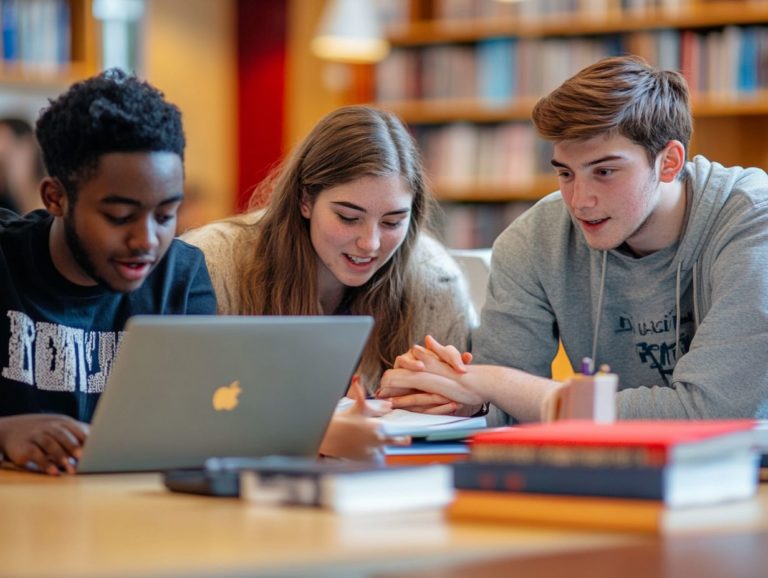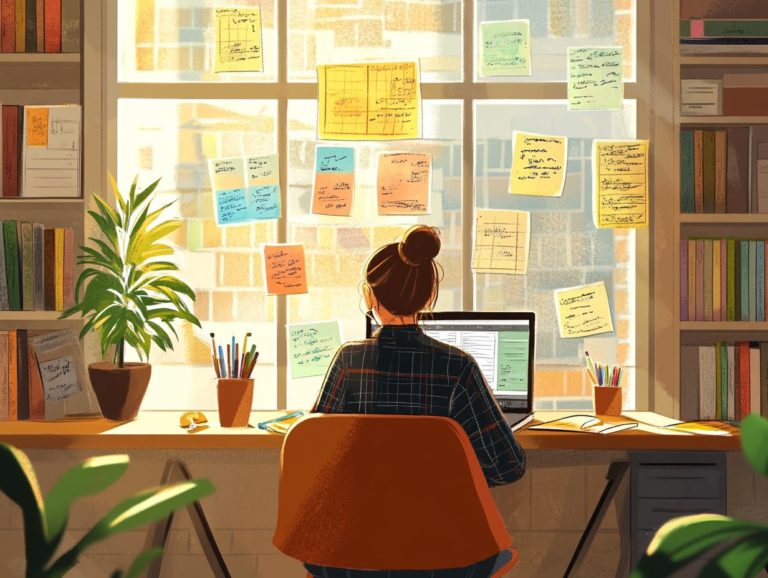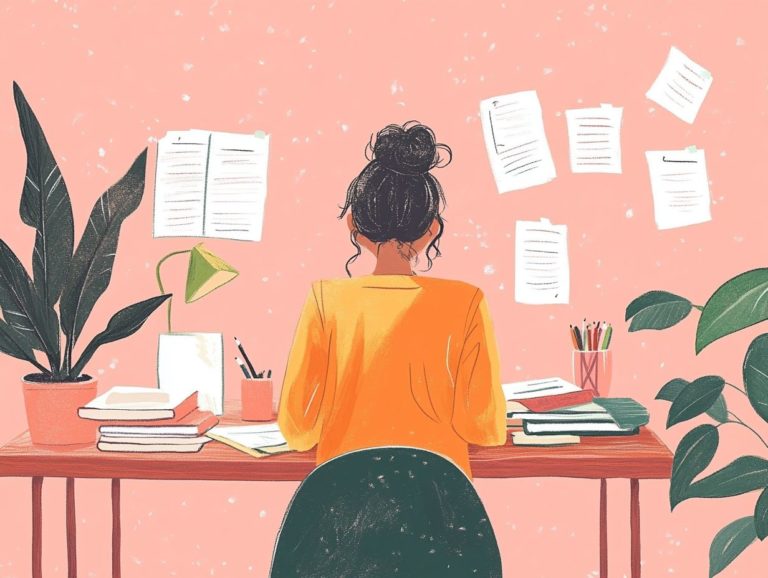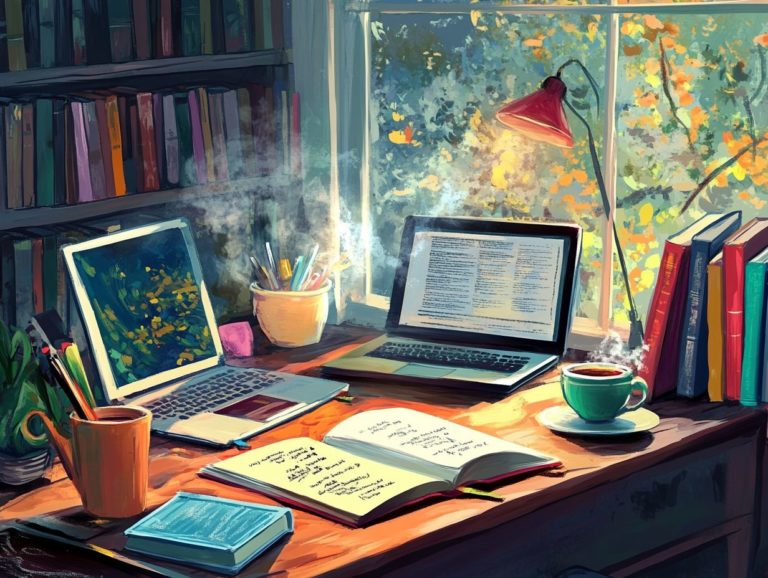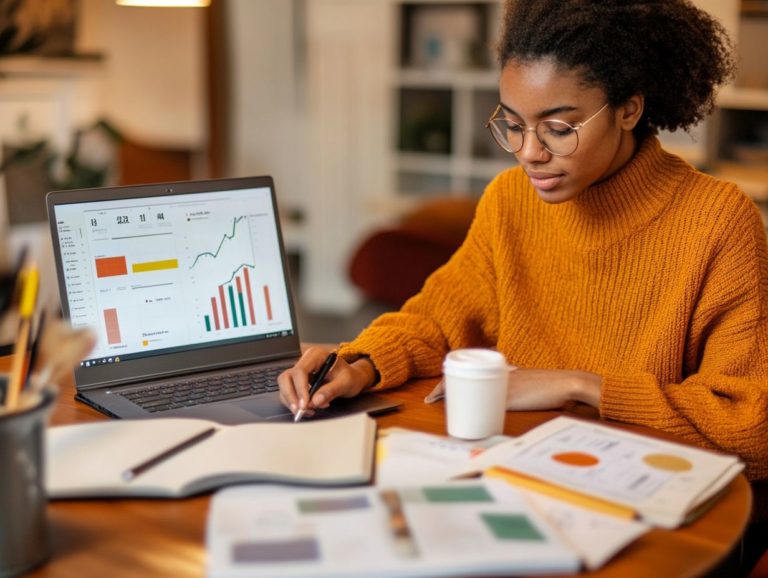effective study techniques for visual learners
Visual learners thrive in environments rich with imagery, color, and spatial awareness. They utilize these strengths to absorb and retain information effectively.
Get ready to explore the fascinating world of visual learning! This article highlights the unique characteristics of visual learners, showcasing the advantages of visual learning techniques and providing practical study methods designed specifically for you.
From engaging in visual note-taking and crafting mind maps to harnessing technology and fostering collaborative settings, you ll discover strategies that elevate both comprehension and retention.
Embark on a journey through the realm of visual learning and uncover how to cultivate a study experience that truly aligns with your distinctive style.
Contents
- Key Takeaways:
- Understanding Visual Learners
- Benefits of Visual Learning Techniques
- Effective Study Techniques for Visual Learners
- Incorporating Technology for Visual Learners
- Tips for Success as a Visual Learner
- Frequently Asked Questions
- Discover effective study techniques for visual learners!
- How do visual learners benefit from diagrams and mind maps?
- Why is color-coding notes helpful for visual learners?
- Are there other effective study techniques for visual learners?
- How can visual aids like videos and images be beneficial for visual learners?
- What are some tips for creating effective study materials for visual learners?
Key Takeaways:
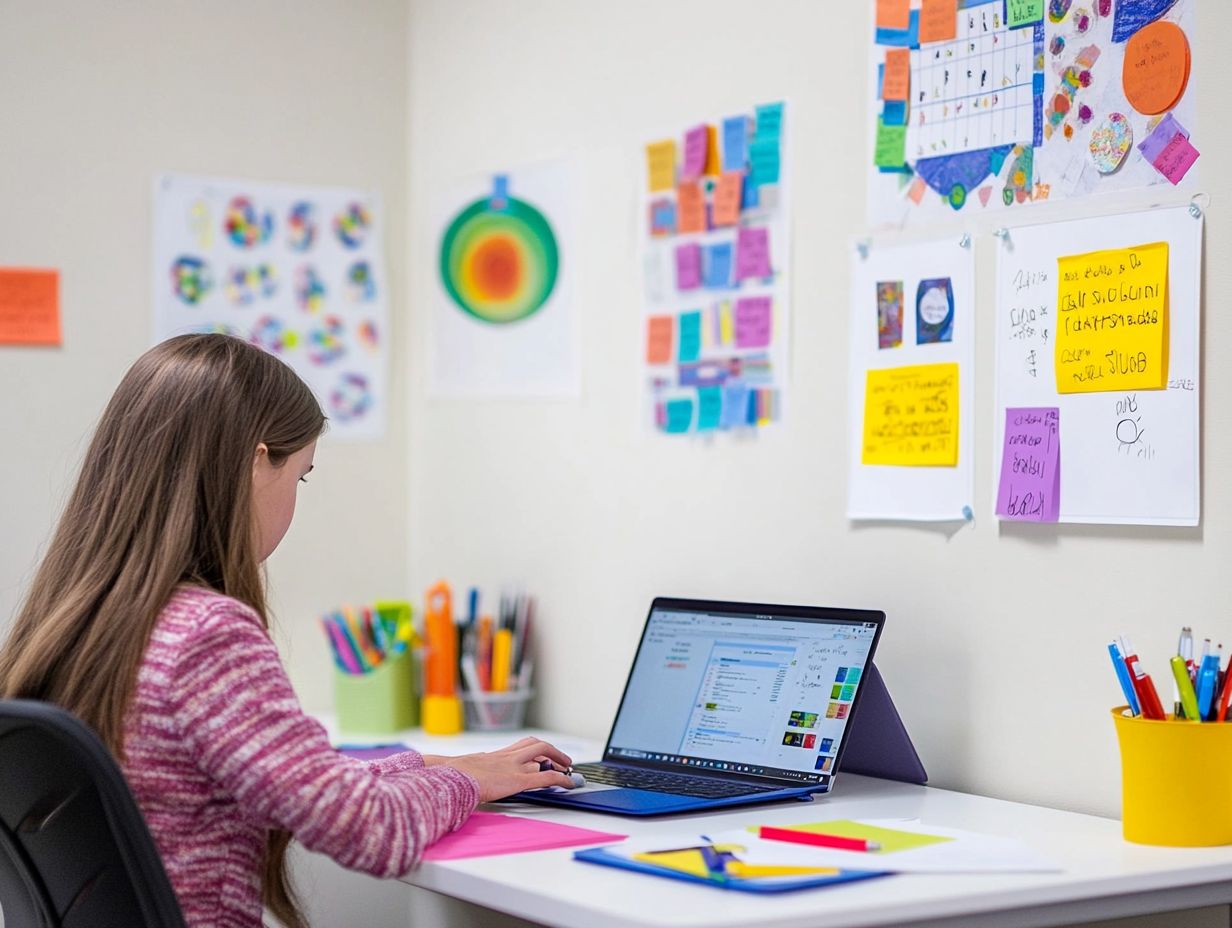
Visual learning can improve retention and comprehension for those who have this learning style, as it allows for processing information in a way that feels natural. Effective study techniques for visual learners include visual note-taking, using mind maps and graphic organizers, and creating flashcards small cards with information to help you remember. Incorporating technology, such as online tools and apps, can enhance visual learning and help visualize information in a dynamic and interactive way.
Understanding Visual Learners
Understanding visual learners involves exploring their distinct characteristics that shape their learning styles and study techniques. Research indicates that these learners excel in environments enriched with visual aids, educational videos, and interactive tools that resonate with their preferences.
By recognizing these traits, educators and academic advisors can customize their teaching methods, enhancing comprehension and retention tailored specifically for visual learners. This approach ultimately boosts academic performance at esteemed institutions like Georgia Southern University and the University of Georgia.
Characteristics and Learning Styles
Visual learners possess traits that differentiate them from auditory and kinesthetic learners, shaping their study habits and preferences. They thrive when using diagrams, charts, and color-coded notes, as these visuals enhance their understanding of complex concepts.
For instance, while preparing for a science exam, you might create mind maps that visually link various topics, making it easier to recall information. Techniques like flashcards featuring images or videos can greatly elevate comprehension levels.
By integrating visual examples and structured layouts into your study materials, you can transform abstract ideas into tangible representations, facilitating improved memory retention and recall during exams.
Benefits of Visual Learning Techniques
Visual learning techniques offer many benefits. They greatly improve comprehension and boost academic performance. Integrating these methods into your study techniques is key to your success.
How Visual Learning Can Improve Retention and Comprehension
Visual learning enhances retention and comprehension through various techniques designed for your strengths. By integrating methods like mind mapping, you can organize your thoughts in a visually stimulating way, allowing for stronger connections between concepts.
Flashcards not only promote active recall but also reinforce your memory with visual cues. Educational videos present dynamic representations of information, making it easier to grasp complex ideas.
To create a more effective study environment, consider these steps:
- Craft vibrant mind maps to visualize relationships between topics.
- Utilize flashcards for quick review sessions.
- Incorporate engaging videos that align with your subject matter.
Together, these strategies will transform your study experience into a more interactive and memorable journey.
Effective Study Techniques for Visual Learners
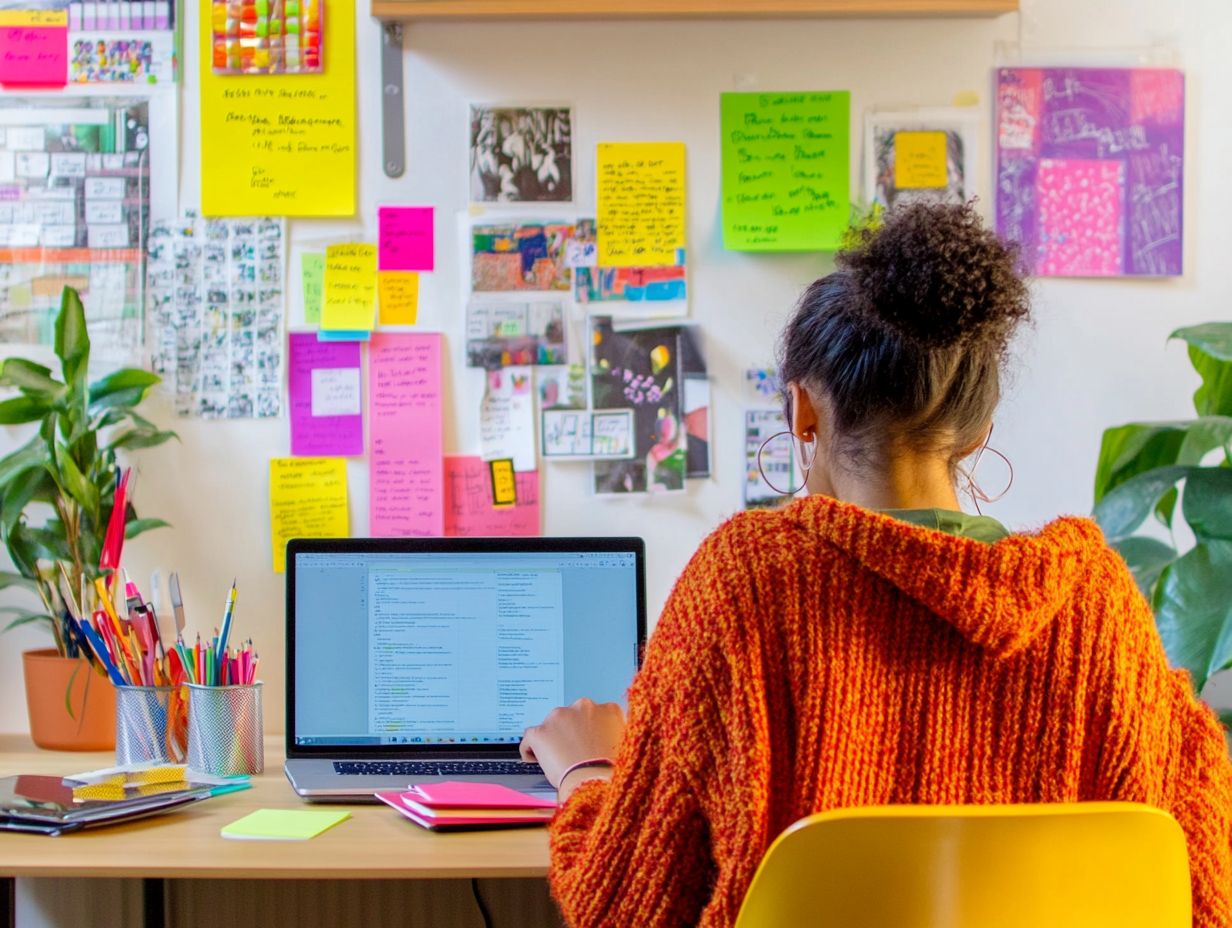
For visual learners, effective study techniques encompass a range of methods tailored to enhance your unique learning style. Incorporate note-taking, mind mapping, and the benefits of visualizing your study material into your study routine.
These techniques foster engagement and help you retain information more effectively, ensuring your learning experience is both enjoyable and impactful.
Start applying these strategies now for a transformative study experience!
Visual Note-Taking
Visual note-taking is an essential study strategy for visual learners. It enables you to capture information in ways that enhance understanding and retention.
This method blends various visual techniques, such as diagrams that clarify complex concepts and color coding that emphasizes key themes. Infographics make data engaging and easy to digest.
By using these approaches, you can create a dynamic and visually appealing study resource that aids in memory recall and comprehension.
Educational materials enriched with visual elements captivate your attention, fostering a more interactive and rewarding learning experience.
Embracing these techniques makes material more accessible and nurtures creativity and critical thinking skills.
Visual Learning Tools
Using mind maps and graphic organizers can transform your study sessions into a visually engaging experience, making these tools perfect for visual learners.
These resources provide an intuitive framework for breaking down complex subjects into manageable, connected parts. This helps you grasp relationships and hierarchies with ease.
By converting dense text into organized layouts, you can quickly pinpoint key concepts and their connections. This significantly enhances both comprehension and retention.
Incorporating mind maps and graphic organizers into your routine streamlines brainstorming and sparks creativity.
Whether preparing for an exam or tackling a challenging project, these visual strategies lead to more effective studying and a deeper understanding of the material.
Creating Flashcards and Visual Aids
Creating flashcards and other visual aids enhances your learning, especially if you thrive on visual stimuli. These tools make learning fun and easy!
To craft effective flashcards, focus on concise keywords that capture essential concepts, paired with compelling images or diagrams.
Visual aids like mind maps and infographics elevate your learning experience, allowing you to visualize relationships between different ideas.
By integrating a range of visual strategies, you can deepen comprehension and engage more profoundly with the content.
This ultimately reinforces your study habits and boosts academic performance.
Incorporating Technology for Visual Learners
Incorporating technology tailored for visual learners transforms your study experience, providing an array of online tools and resources designed to elevate your visual study techniques.
Online Tools and Apps for Visual Study Techniques
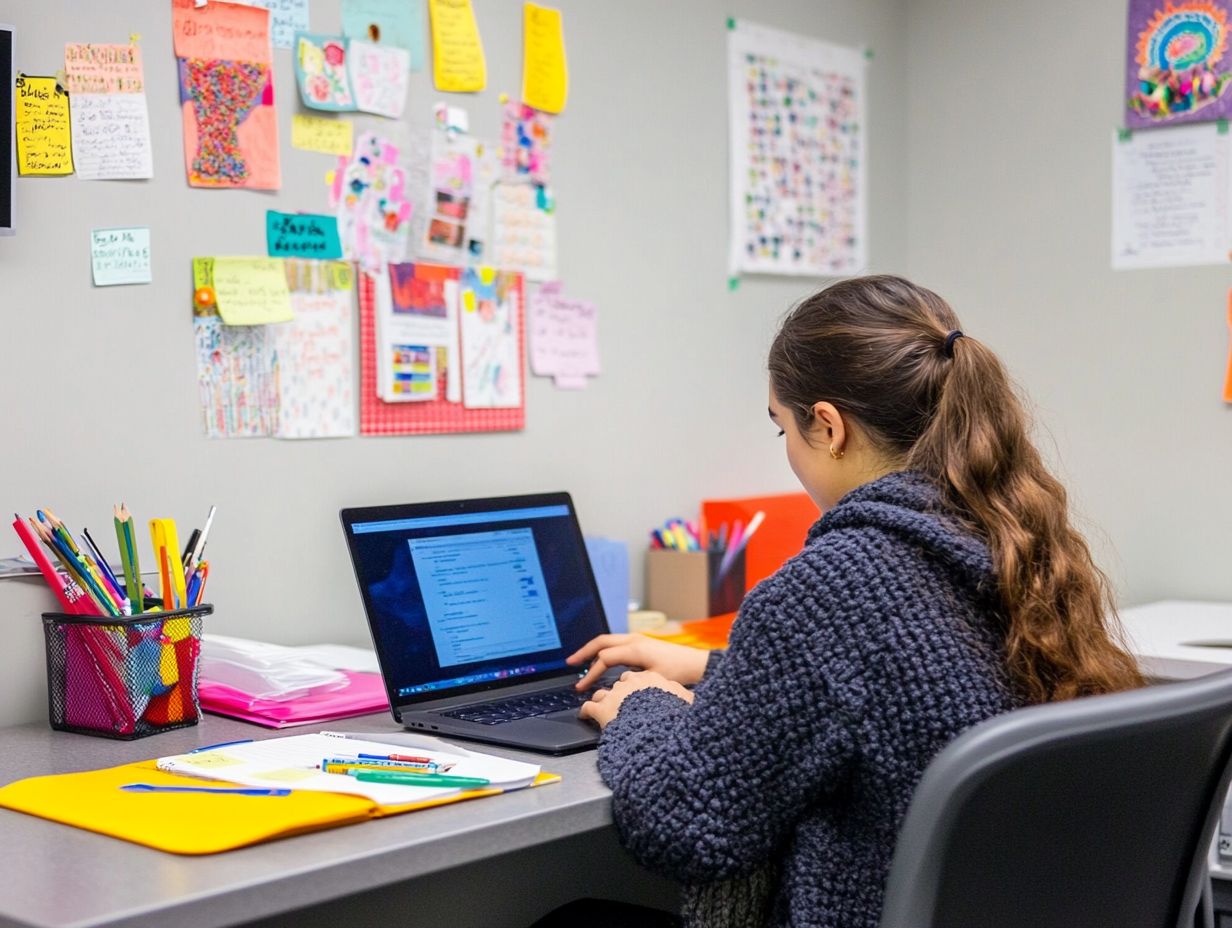
Several innovative online tools and apps are designed for visual learners like you. These resources leverage visual aids to turn complex information into engaging graphics and interactive formats.
Mind mapping software helps you visually outline topics, making it easier to retain and understand information. Video tutorials present material dynamically, catering to your preference for learning through observation.
Infographic generators help you create visually appealing summaries of your notes, transforming mundane text into vibrant, digestible content.
By incorporating these visual elements into your study routine, you can boost comprehension and cultivate a more engaging learning experience.
Tips for Success as a Visual Learner
Achieving success as a visual learner involves implementing targeted strategies that enhance your study environment and foster effective study schedules tailored to your needs.
By optimizing these elements, you can significantly improve your learning experience and outcomes.
Start using these visual strategies today to transform your study sessions!
Creating a Study Environment that Works for You
Creating the best study environment is crucial for you as a visual learner. It profoundly influences your ability to concentrate and absorb information effectively.
Minimizing distracting noises is essential. Consider soft background music or noise-canceling headphones to help you stay focused.
Organizing your study materials clearly and structurally will make it easier for you to navigate through your notes and resources. This reinforces concepts in your mind.
Incorporating visual aids like vibrant charts, diagrams, and sticky notes can turn abstract ideas into relatable visuals. This simplifies the process of remembering information.
Arranging your study space with ample lighting and a clutter-free desk enhances your experience. This creates an inviting atmosphere that encourages creativity and focus while fostering a sense of ownership over your learning journey.
Collaborating with Others for Visual Learning
Collaborating with peers is an incredibly effective strategy for you as a visual learner. It significantly enhances your understanding through shared techniques and study habits.
When you join forces with others, you open the door to diverse perspectives and insights that enrich your comprehension beyond what you might achieve alone.
This collaborative interaction cultivates a strong sense of community and promotes the exchange of valuable resources and techniques, such as:
- Collaborative mind mapping (a visual way to organize ideas and concepts)
- Engaging peer-led discussions
By teaching one another, you solidify your retention of knowledge. Engaging in meaningful dialogue and visualizations resonates on a deeper level.
Together, you can explore innovative strategies to tackle challenging material and motivate one another. This transforms learning into a richly collaborative experience.
Frequently Asked Questions
Discover effective study techniques for visual learners!
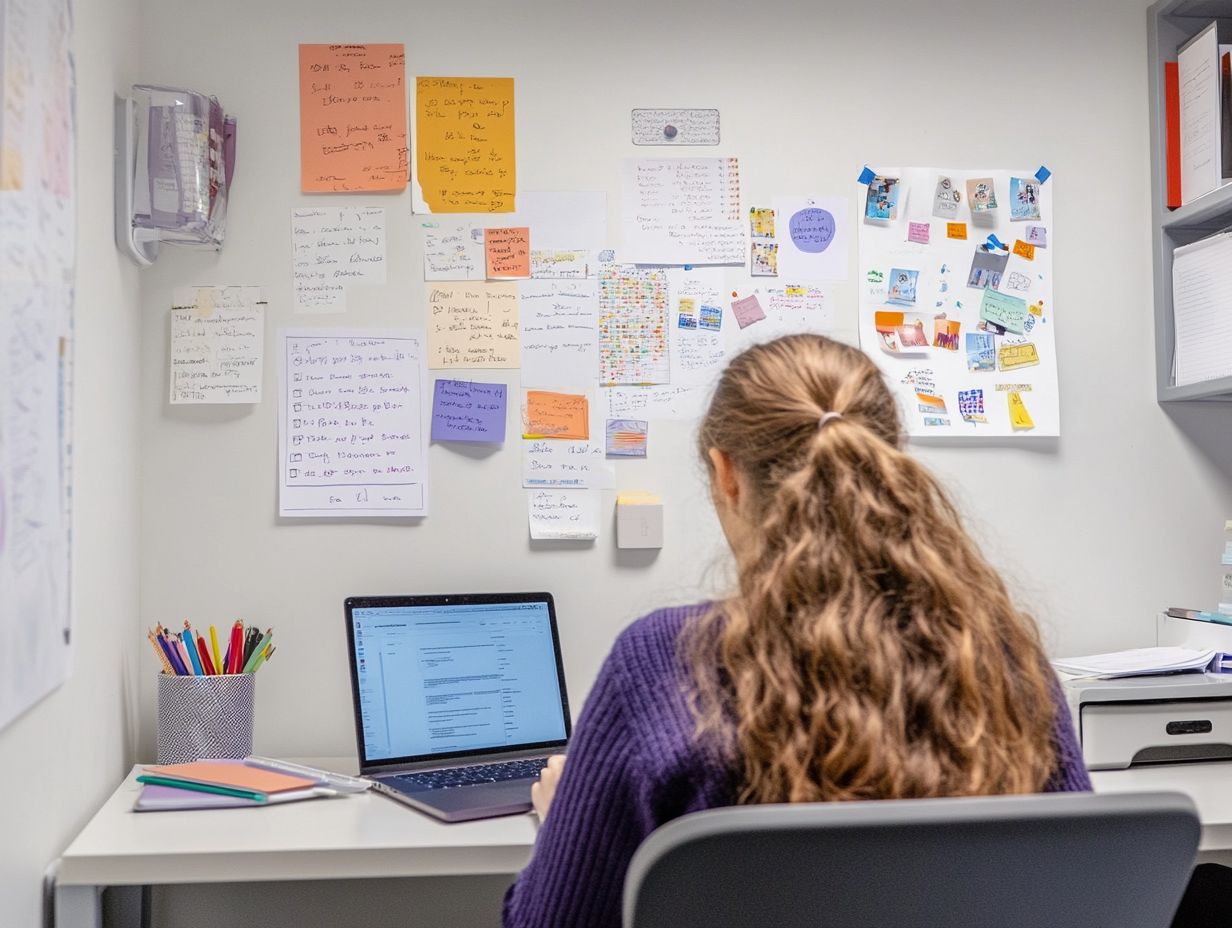
Effective study techniques for visual learners include using diagrams, mind maps, flashcards, and color-coding notes. It’s helpful to incorporate visual aids: enhancing your study techniques such as videos, images, and graphs to enhance learning.
How do visual learners benefit from diagrams and mind maps?
Visual learners benefit from diagrams and mind maps because they help visualize complex information and see connections between ideas. This helps you understand better and retain material.
Why is color-coding notes helpful for visual learners?
Color-coding notes helps visual learners organize and categorize information visually. This makes it easier to remember and reference. Using different colors can also highlight key points and important information.
Are there other effective study techniques for visual learners?
Yes, several other effective study techniques for visual learners include creating and studying from flashcards, using mnemonic devices, and exploring study techniques for auditory learners like listening to recorded lectures or discussions.
How can visual aids like videos and images be beneficial for visual learners?
Visual aids such as videos and images provide a change in learning format and engage the visual sense. This helps maintain focus and improves understanding and retention of material.
What are some tips for creating effective study materials for visual learners?
Some tips for creating effective study materials include incorporating visuals, using a variety of colors and fonts, and keeping information concise and organized. It’s also helpful to review and summarize material using visual aids.
